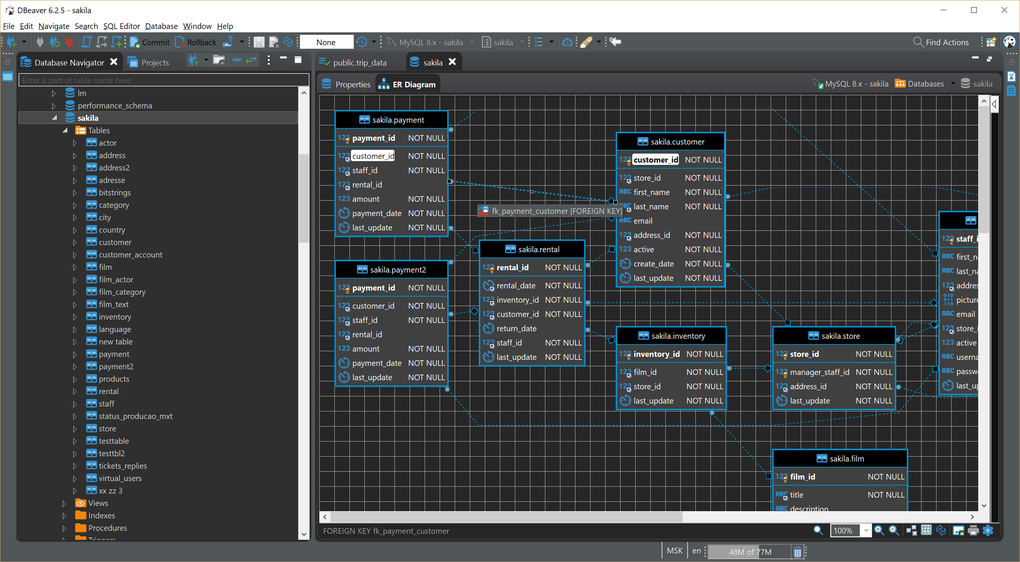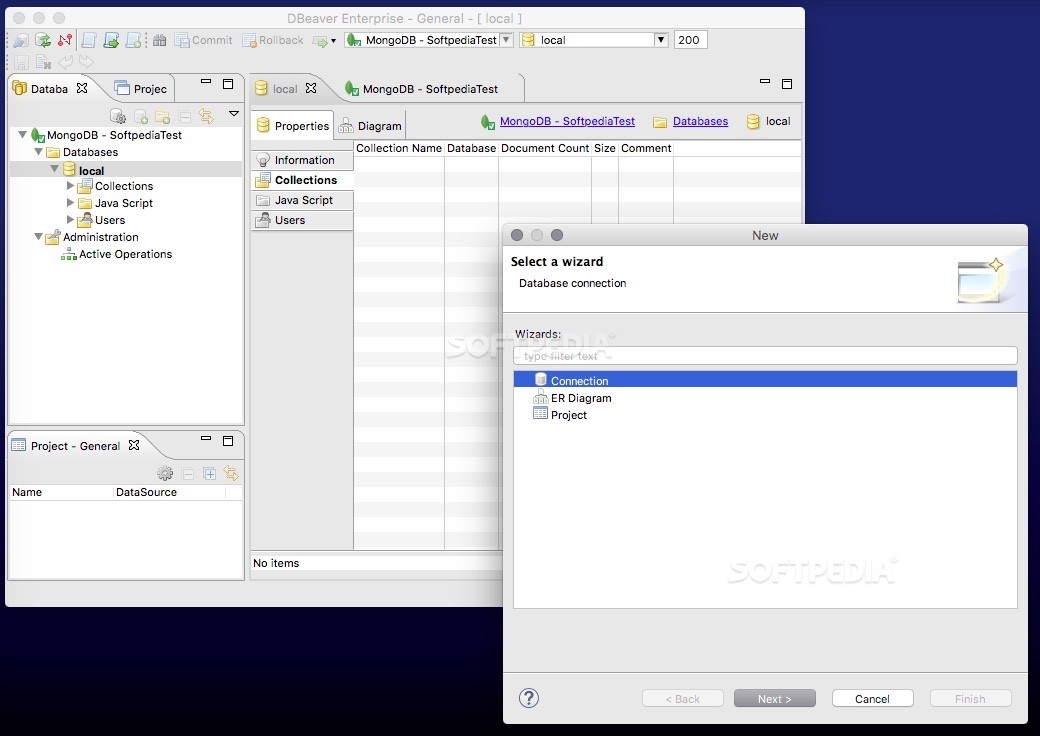

DBEAVER VERSIONS DRIVER
If you need a driver, the following dialog displays:Īfter the driver downloads, if the connection was successful, you will see a Connected dialog.Įxpand the movr database node and navigate to the rides table.įor more information about using DBeaver, see the DBeaver documentation. There is no need to set the SSL Factory you can let DBeaver use the default.Ĭlick Test Connection. Select verify-ca or verify-full from the SSL mode dropdown. $ openssl pkcs8 -topk8 -inform PEM -outform DER -in -out 8 -nocrypt Once you have created the file, enter its location here. SSL certificate key: Because DBeaver is a Java application, you will need to transform your key file to the *.pk8 format using an OpenSSL command like the one shown in the following snippet. For additional security, you may want to create a new database user and client certificate just for use with DBeaver.
DBEAVER VERSIONS DOWNLOAD
Download a copy of DBeaver version 5.2.3 or greater.
DBEAVER VERSIONS INSTALL
Install CockroachDB and start a secure cluster.To work through this tutorial, take the following steps: If you run into problems, please file an issue on the DBeaver issue tracker.įor information on using DBeaver with CockroachDB Cloud, see this blog post. On OSX (Mac) here: /Users/$/Library/DBeaverData/workspace6/General/.For more information about using DBeaver, see the DBeaver documentation. I hope you have the JSON configuration file for both 6.3 and 6.1.x. So, I have to manually extract the data from XML and put in the JSON.

(Where are the "connection strings"? What should I export?)Ĭ:\Users\user-123\.dbeaver4\General\.dbeaver-data-sources.xmlĬ:\Users\user-456\AppData\Roaming\DBeaverData\workspace6\General\.dbeaver\data-sources.json

Migrate connections from DBeaver 5.1.2 to DBeaver 6.1.5:įile | Export and File | Import functionality is (at least) not easy/clear. Just double check your connections after exporting and importing. I still don't know why, but it seems to be a bug. DBeaver 21.0. Update: after a few days of working, I realized some of the connections were not imported. IMHO, very complete, easy and straightforward.


 0 kommentar(er)
0 kommentar(er)
